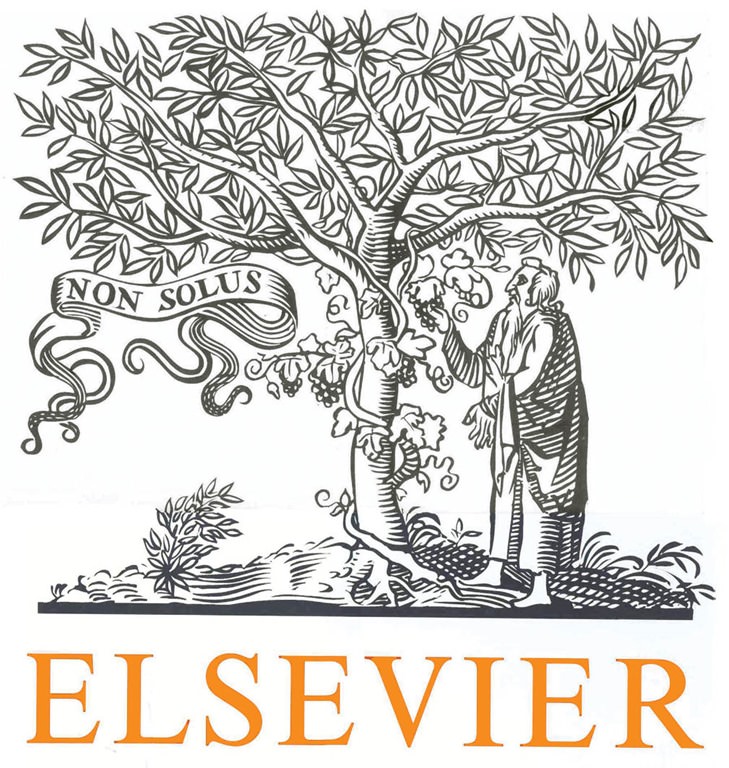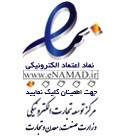5. Conclusions
Through the low-reversed cyclic loading test of concrete columns confined by corroded stirrups, a contrast analysis of the failure process, the failure pattern, hysteresis performance, and energy-dissipation capacity has been carried out, leading to the following conclusions. (1) Due to the effect of corrosion on bonding enhancement between the reinforcement and concrete, the seismic performance of the concrete column is not degraded but improved when stirrup corrosion is slight. (2) When stirrups suffer serious corrosion, the confinement effect on the core concrete and transverse reinforcement is weakened, the seismic behavior of the columns is reduced, and the damage feature points that appears in the process of destruction is advanced. Meanwhile, the failure mode gradually changes from ductile failure to brittle failure as the weight loss of the stirrups increases. (3) With the increasing weight loss of the stirrups, the ductility and total energy-dissipation capacity of reinforced concrete columns decreases, and the degree of decline is related to the degree of confinement of the corroded stirrup. The greater the degree of confinement of a concrete column by stirrups, the greater is the degree of degradation of the ductility coefficient and total energy-dissipation capacity after stirrup corrosion. (4) For concrete columns confined by seriously corroded stirrups, the amount of energy dissipation and cumulative energy dissipation is greater than for RC-1 under the same control lateral displacement in the elastic-plastic stage. (5) A lateral strength-prediction method is proposed for reinforced concrete columns confined by corroded stirrups. There is good agreement between the test results and theoretical values.








